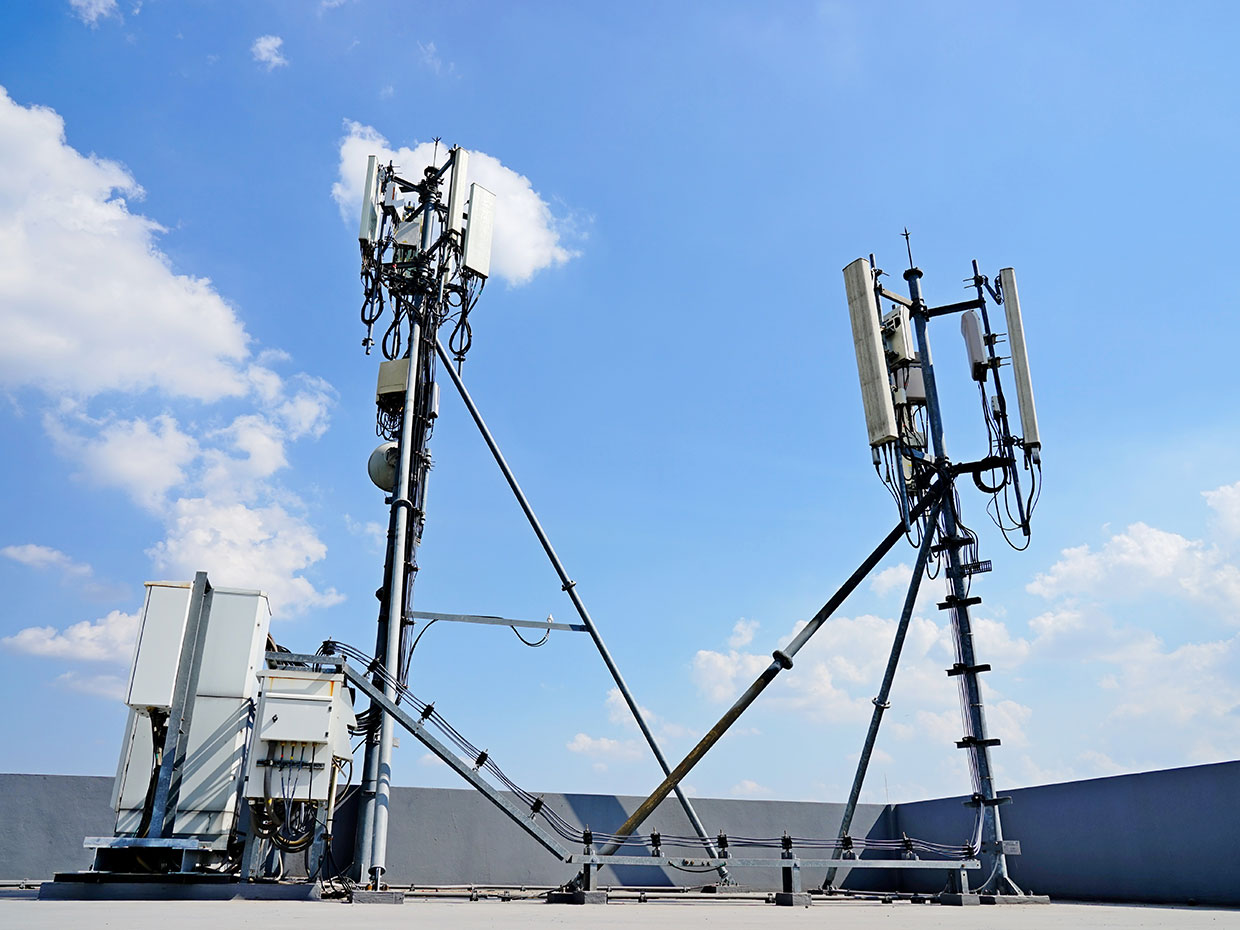When safe distance from cell tower 've ever long gone through a town, no doubt you've seen smaller micro 5G cell towers on streetlight poles. These resemble little boxes, but they transmit cellular signals from cellular carriers for your mobile phone.
These smaller podiums are gradually taking the place associated with bigger, purpose-built mobile towers. Although these people are less visible, they could nonetheless pose difficulties for individuals.
Radiation Exposure Thresholds Set by the FCC
The Radiation Coverage Thresholds established simply by the FCC identify the safe length when a person may be exposed to electromagnetic radiation by wireless devices. The particular exposure restrictions depend on scientific evidence that will RF energy may well impair human well being.
The specific intake rate (SAR) is usually a measurement regarding how much radiofrequency energy tissue absorbs. A typical price is 1. 6 watts per kilogram, averaged across 1 gram of cells.
Yet, since 5g transmits at larger frequencies, it has the potential to improve the intensity associated with radiation on typically the skin and also other instantly exposed parts of the body. This particular has the possible to cause some sort of broad variety regarding negative consequences, such as worsening of pores and skin illnesses such while dermatitis, skin malignancy, and cataracts.
Due of the potentially severe consequences of 5G radiation, PSU provides opted to impose a general localized electric power density restriction of 4 mW/cm2 averaged over 1 cm2 for those 5G providers at 3000 Gigahertz, not to exceed 35 minutes. The maximal spatial-average SAR of 1. 6 W/kg averaged across just one g of cells at 6 GHz is consistent using this confined restrict.
Maximum Exposure Thresholds Set by the particular FCC
When you have at any time used a mobile phone, you're probably aware that a safe distance through the tower is in least 400 metres. This is due to the simple fact that the transferring strength of the mobile tower rises considerably as you move farther away coming from it.

Although this kind of seems to always be a great idea, the particular fact is those who live close to towers may be more prone in order to health concerns. A 2014 research in India, for illustration, found that residents living within 55 meters of mobile towers had a great deal higher health issues than those living a greater distance away from the antennas.
Yet, this research found that inhabitants who migrated to regions further away from cell towers had a return to normalcy within a day or two. Additional research provides shown that continuous contact with high ranges of radiofrequency electromagnetic fields (EMFs) might lead to cancer, brain tumors, and even other health concerns.
This specific is due to the fact of which RF radiation, which is applied to wireless communication, has the ability to permeate the human bodies outer layer, the skin. This is important for the reason that skin will serve as a protecting barrier against physical damage, infection by simply pathogenic bacteria, plus hazardous chemical transmission. It is in addition the biggest appendage in the individual body which is throughout charge of ensuring the integrity involving the other body organs.
Minimum Exposure Thresholds Set by the FCC
The Minimum Exposure Thresholds set up by the FCC are based upon various assumptions of which are not maintained scientific data. That they include the inappropriate notion that interim RF radiation exposure is safe owing to be able to little penetration in to the body (i. e., tissue heating).
The assumption also overlooks the deeper penetration of improved RF signals' ELF components, as well as the influence of brief breaks of heat through pulsed RF dunes. These assumptions are inconsistent with existing familiarity with the neurological associated with RF rays and should not end up being utilized to set health-protective exposure amounts.
Moreover, the ICNIRP and FCC constrict their maximum direct exposure limits to local peak SARs based upon peak spatial specific absorption rate (psSAR), which is a great insufficient dosimetric strategy for evaluating the degree of RF radiation exposure. In safe distance to live from cell phone tower over six GHz, psSAR is usually very incorrect. In safe distance from cell tower , psSAR has not been analyzed in conjunction using other environmental components for example sunshine. Interactions between RF light along with other environmental issues might have antagonistic or synergistic effects. This specific would enhance the chance of negative well being impacts. Co-exposure to RF radiation in addition to sunshine, for illustration, may raise the risk of skin area cancer and worsen other skin situations like as acne.
